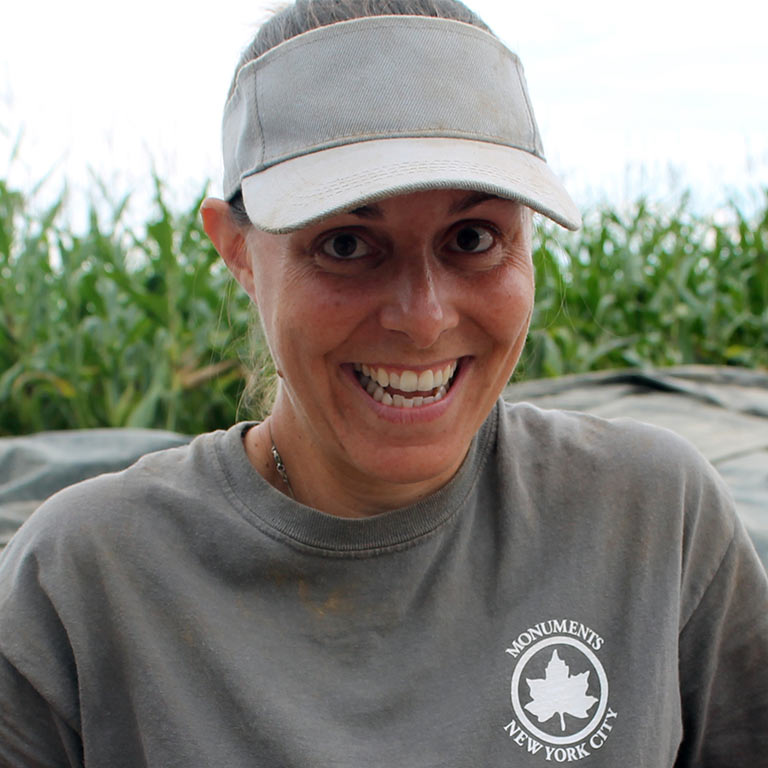The Mississippian culture left behind the settlements at Angel Mounds in southern Indiana, Cahokia near St. Louis (which was the largest pre-Colombian city north of Mexico, and others through the broader Mississippi River basin. Christina's work is based on study of the Audrey site, which preserves the remains of a smaller community north of Cahokia.
In this volume, Christina Friberg investigates the influence of Cahokia, the largest city of North America’s Mississippian culture between AD 1050 and 1350, on smaller communities throughout the midcontinent. Using evidence from recent excavations at the Audrey-North site in the Lower Illinois River Valley, Friberg examines the cultural give-and-take Audrey inhabitants experienced between new Cahokian customs and old Woodland ways of life.
Comparing the architecture, pottery, and lithics uncovered here with data from thirty-five other sites across five different regions, Friberg reveals how the social, economic, and political influence of Cahokia shaped the ways Audrey inhabitants negotiated identities and made new traditions. Friberg’s broad interregional analysis also provides evidence that these diverse groups of people were engaged in a network of interaction and exchange outside Cahokia’s control. The Making of Mississippian Tradition offers a fascinating glimpse into the dynamics of cultural exchange in precolonial settlements, and its detailed reconstruction of Audrey society offers a new, more nuanced interpretation of how and why Mississippian lifeways developed.



 The College of Arts
The College of Arts